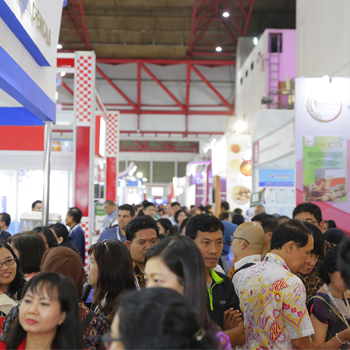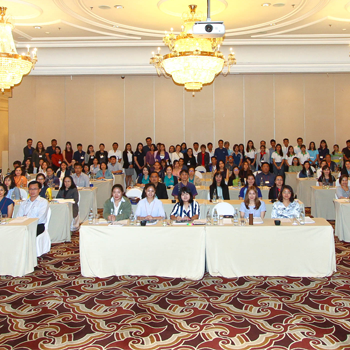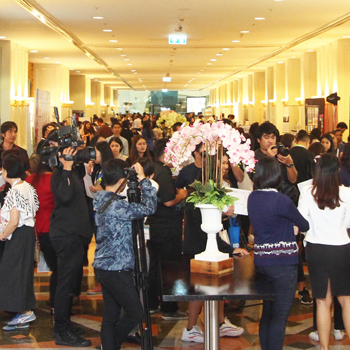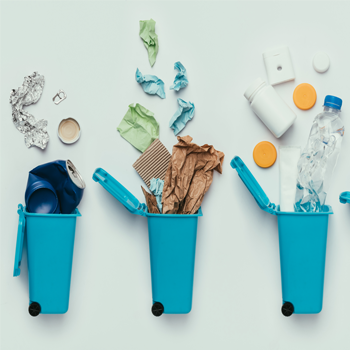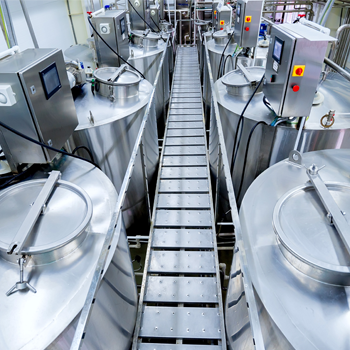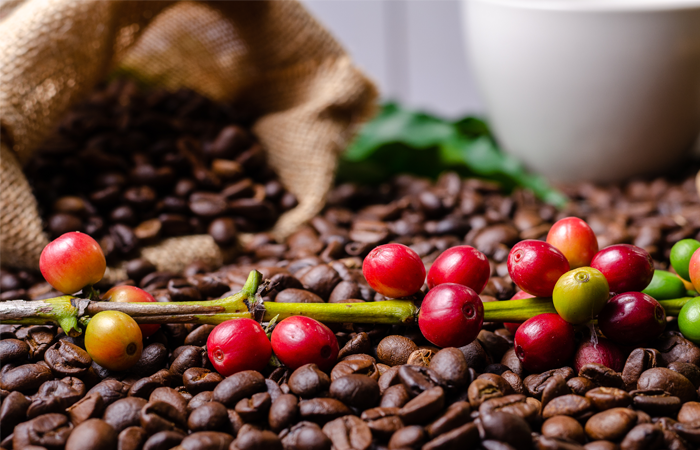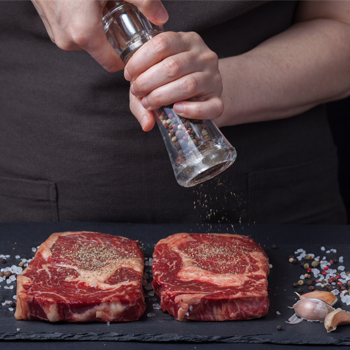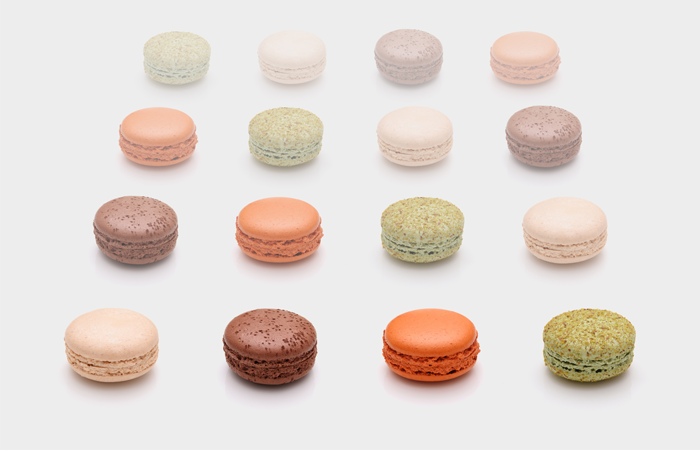10 ข้อที่ต้องเช็ค ก่อนทำ Premium Packaging
โดย: นภนีรา รักษาสุข
Nopneera Rugsasook
Founder / MD / ECD
Yindee Design Co., Ltd.
fon@yindeedesign.com
ความสนใจที่จะพัฒนาแพ็คเกจจิ้งมีอยู่ในธุรกิจตลอดเวลา เพื่อให้สินค้าดูยกระดับมากขึ้น หรือเพื่อกระตุ้นยอดขาย หรือเพื่อดึงดูดลูกค้าใหม่ๆ…ก่อนจะทำเช่นนั้น เรามาดูเช็คลิสต์กันก่อนดีไหม เพื่อให้การทำ Premium Packaging มีประสิทธิภาพสูงสุด เรารวบรวมมา 10 ข้อด้วยกัน ให้คุณเช็คดูก่อนที่จะออกดีไซน์ใหม่
1. ทำไมต้องพรีเมียม?
ก่อนอื่น เริ่มต้นด้วยการตั้งคำถามว่า “ทำไมแพ็คเกจจิ้งนี้ต้องพรีเมียม” หรือถามอีกแบบหนึ่งก็คือ เราอยากจะทำให้มันพรีเมียมไปเพื่ออะไร
2. จะพรีเมียมไปขายใคร?
แบรนด์ต้องตอบให้ได้ว่า สินค้าใน Premium Packaging นี้ จะขายใคร การกำหนดกลุ่มคนซื้อเป็นเรื่องสำคัญมากที่เจ้าของแบรนด์จะต้องชัดเจน ในยุคนี้คงไม่มีใครพูดว่าจะขายสินค้าให้ทุกคน ทุกเพศ ทุกวัย อีกต่อไปแล้ว
3. ใครบอก…ว่าพรีเมียม?
สิ่งที่ต่อเนื่องมาจากเรื่องกลุ่มเป้าหมาย คือการเข้าใจว่าความพรีเมียมของแต่ละกลุ่มมีหน้าตาเป็นอย่างไร หลุมพรางของเรื่องนี้คือ แบรนด์ไม่ได้มองมาจากมุมมองของลูกค้า แต่มองมาจากความเห็นของแบรนด์เอง เพราะความพรีเมียมของกลุ่มลูกค้าแต่ละกลุ่มนั้นมีหน้าตาและการแสดงออกที่แตกต่างกัน
4. โอกาสไหนที่เป็นพรีเมียมได้บ้าง?
มีหลากหลายโอกาสที่เราสามารถสร้าง Premium Packaging ได้ เช่น ออกสินค้าใหม่ที่มี Positioning ระดับบน โดยมีดีไซน์แพ็คเกจจิ้งที่น่าประทับใจ หรือยกระดับภาพลักษณ์เดิมของสินค้าเพื่อหากลุ่มลูกค้าใหม่ๆ
5. พรีเมียมมากขึ้นหรือน้อยลง ช่องทางขายก็มีส่วน
แบรนด์จำเป็นต้องวางแผนการดีไซน์จากแผนของช่องทางการขายด้วย เพราะช่องทางการขายมีผลกับการที่จะทำให้แพ็คเกจจิ้งดูพรีเมียมมากขึ้นหรือน้อยลง
Packaging is constantly evolved to upgrade the product’s image, boost sales, or attract new customers. Before packaging improvement, let’s take a look at this checklist to ensure the optimum results. Here are the 10 things to consider before going ahead with the new packaging design.
1. Why Premium?
Before anything else, start by asking “Why does this packaging need to be premium?” or “What do we want to make it premium for?”
2. Premium for Whom?
Whom is the product in such lavish packaging for? A clearly defined target group is vital. These days, there’s hardly anyone who would say that their products are for people of any gender or age.
3. Who Says…This Is Premium?
Further to the previous point, understanding what premium for each target group looks like is also one of the keys. The trap here is that the brand may not put itself in the clients’ shoes but rather see things from its own perspectives. Each target group’s definition of lavishness can be manifested very differently.
4. When Is The Best Time to Be Premium?
There exist many opportunities where premium packaging can be used; a new product positioned for the upper market or an existing product requiring positioning enhancement in order to attract new groups of clients.
5. Sales Channels Make It More, Or Less, Premium
Sales channels must be taken into account when it comes to packaging design as these will inevitably affect the deluxe facade of the packaging.

